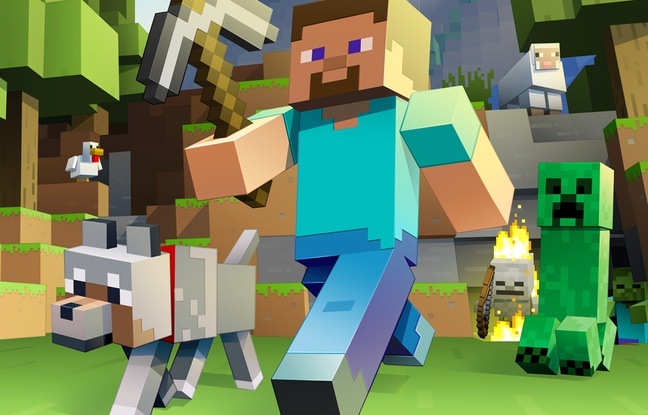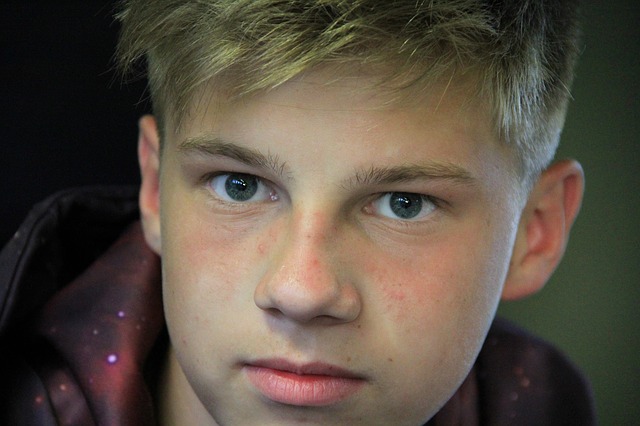Monthly Archives: August 2017
Standing Together. Delivering Hope.
The Fascinating Link Between Minecraft and SEL
A new report, How Minecraft Supports Social and Emotional Learning in K–12 Education, published by Getting Smart, investigates the connection between classroom use of Minecraft (described as a virtual land where users can create their own worlds and experiences, using building blocks, resources discovered on the site and their own creativity) and the SEL outcomes of K– 12 students. Read more ›
Burden of Physical Health Conditions Linked to Increased Risk of Suicide
Each year, more than 45,000 people die by suicide and in the past 15 years, the suicide mortality rate has risen by an alarming 24%. A new study in the American Journal of Preventive Medicine examines how illness plays a role in suicide risk. Researchers found that 17 physical health conditions, ailments such as back pain, diabetes, and heart disease, were associated with an increased risk of suicide. Two of the conditions — sleep disorders and HIV/AIDS — represented a greater than twofold increase, while traumatic brain injury made individuals nine times more likely to die by suicide. Read more ›
Contra Costa’s At-Risk Youth Suffer From Shortage of Psychiatrists
Since July 1, 2016, Contra Costa County lost five psychiatrists who serve the county’s at-risk youth — minors in foster care and juvenile hall and victims of child sexual exploitation and domestic violence — and they have yet to replace them.
At a Family and Human Services Committee hearing on Monday, county officials responded to a civil grand jury report claiming that there is on average a 1-to-310 ratio of psychiatrists to cases of children with moderate to severe mental health issues. Sometimes it’s even worse. Read more ›
Imaging Pinpoints Brain Circuits Changed by PTSD Therapy – Findings Can Help Target Treatment, Predict Outcomes
A pair of studies led by researchers at the Stanford University School of Medicine demonstrates that scientists can predict, with a high degree of accuracy, which patients with post-traumatic stress disorder will respond to a method of psychotherapy often used to treat the condition.
Using brain imaging to track the effects of treatment of post-traumatic stress disorder (PTSD), researchers have identified a brain circuit on which a frequently used and effective psychotherapy (prolonged exposure) acts to quell symptoms. The findings help explain why the neural circuit identified is a promising target for additional treatment development, including brain stimulation therapies. Read more ›
CHC in the Press: Teens Plan first-ever Teen Wellness Conference to ‘Harness Positive Peer Influence’
Under the direction of Bay Area teens, mental health and wellbeing advocates from Palo Alto, Stanford University and elsewhere are working together to plan the first-ever Teen Wellness Conference.
The free conference for teens ages 13 to 19 in September is unique in that it is being organized mainly under the direction of teenagers. Read more ›
Suicides in Teen Girls Hit a 40-Year High
The suicide rate among teenage girls continues to rise and hit a 40-year high in 2015, according to a new analysis released Thursday.
Suicide rates doubled among girls and rose by more than 30 percent among teen boys and young men between 2007 and 2015, the updated breakdown from Centers for Disease Control and Prevention finds. Read more ›
ADHD Medication Tied to Lower Risk for Alcohol, Drug Abuse in Teens and Adults
The use of medication to treat attention deficient hyperactivity disorder is linked to significantly lower risk for substance use problems in adolescents and adults with ADHD, according to a study led by researchers at Indiana University.
The risk of substance use problems during periods of medication use was 35 percent lower in men and 31 percent lower in women in the study. The results, based upon nearly 3 million people with ADHD in the United States, are reported in the American Journal of Psychiatry.
Read more ›
CHC in the Press: Online Searches About Suicide Climbed After ’13 Reasons Why’ Premiere
Internet searches related to suicide increased 19% in the three weeks after the premiere of the Netflix show 13 Reasons Why, found new research. That increase translated to approximately 900,000 to 1.5 million more searches than would be expected without the show. Read more ›













